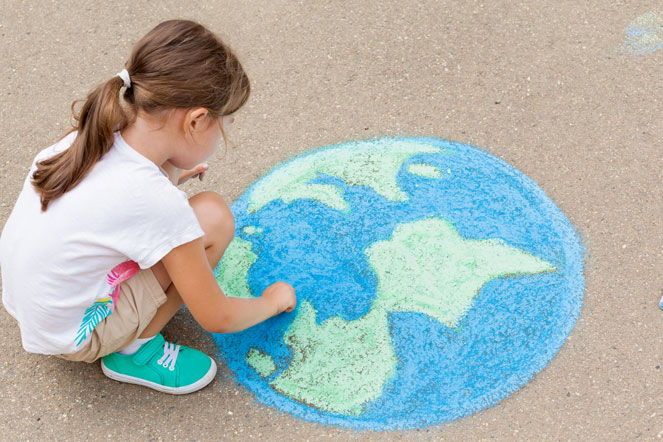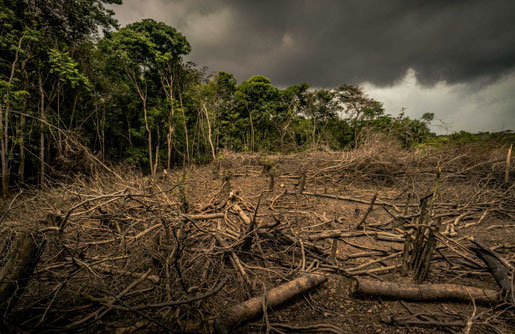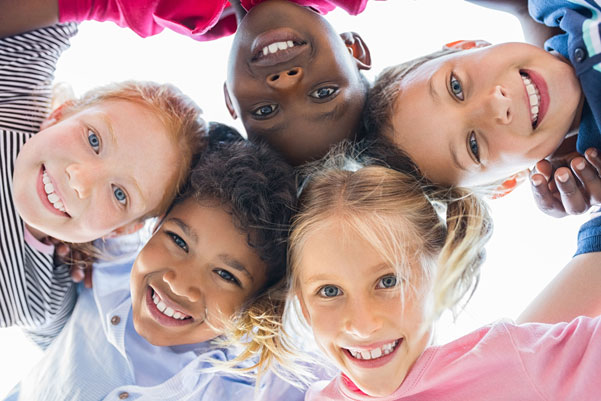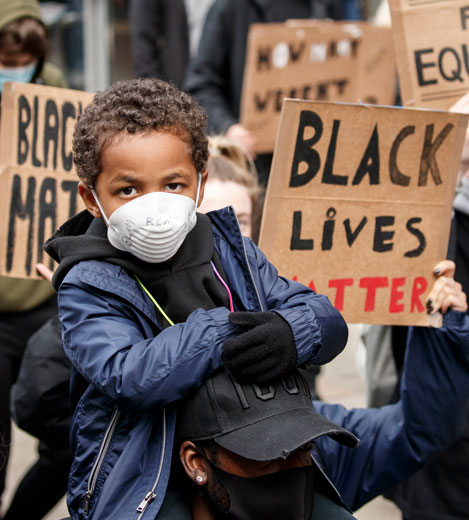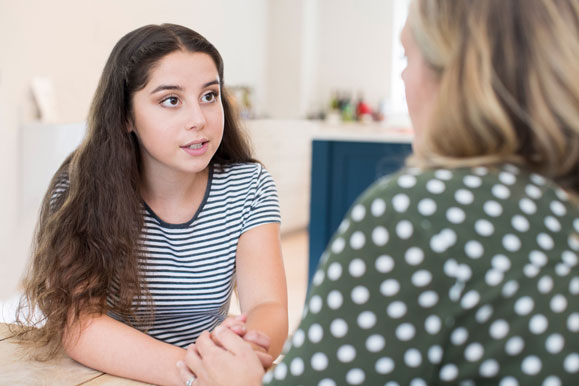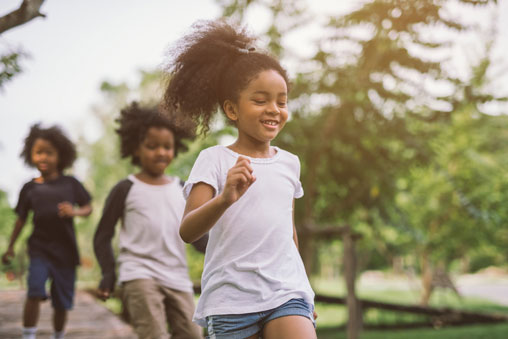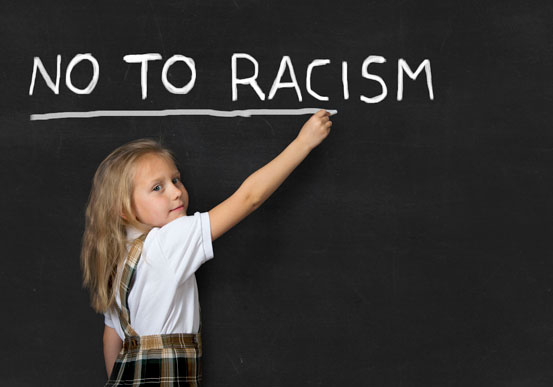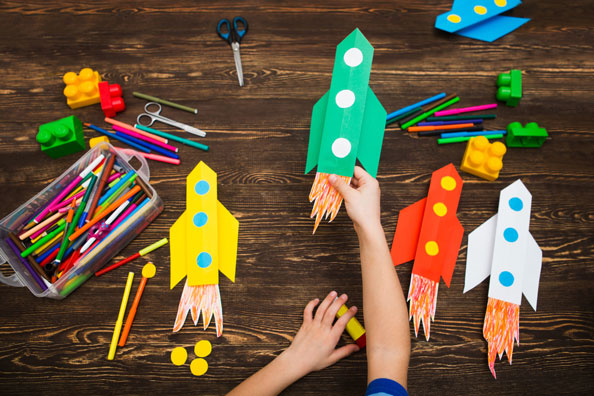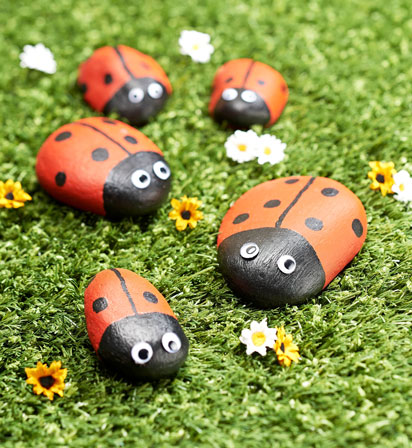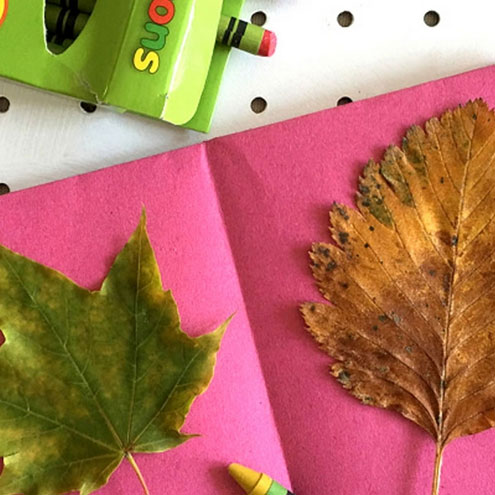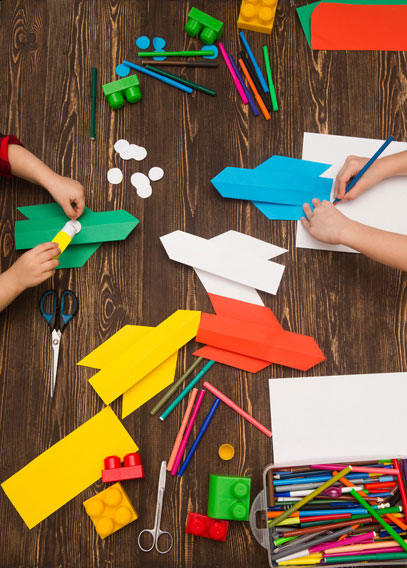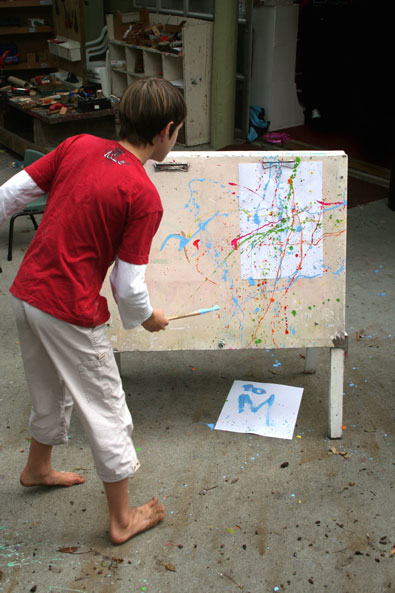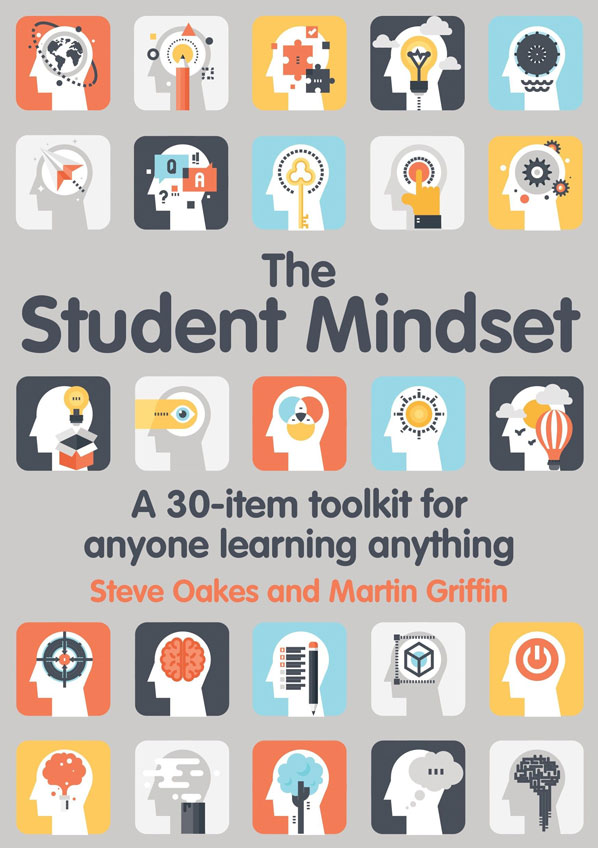Empower your kids to be financially savvy with these simple money-making tips. By Vicky Shaw
Enabling children to earn money is one way that parents can help them feel more empowered and independent.
With some support and guidance, the ability to start saving can start at a young age, as kids are helped to test out their money-making skills.
Louise Hill, co-founder of GoHenry, the prepaid debit card and financial education app for young people aged six to 18, says: “Children don’t have to wait until they turn 18 to start earning money.
“With the right know-how, they can equip themselves with the skills to earn some cash outside of school, and develop core financial habits that will benefit them for life.
“Kids have a wonderful sense of creativity and entrepreneurial spirit, which if harnessed at a young age, can have a profound outcome on work and later life.
“Earning money is a powerful exercise that teaches kids financial independence, prepares them for adulthood, and ultimately gives much more satisfaction rather than instant gratification.”
Here are Hill’s simple tips for parents to encourage their kids to set savings goals:

1. Could they earn from a hobby?
Hill says: “By encouraging kids to embrace hobbies such as crafting or art, they can sell their creative work and turn their passion projects into a way to make money on the side.”

2. Benefit from being an animal lover
“If your child is passionate about animals, then there are several ways they can make money,” says Hill. “From helping to clear out a rabbit hutch, to feeding a neighbour’s cat, or making pet treats, looking after furry friends is a great way for kids to make extra pocket money.”
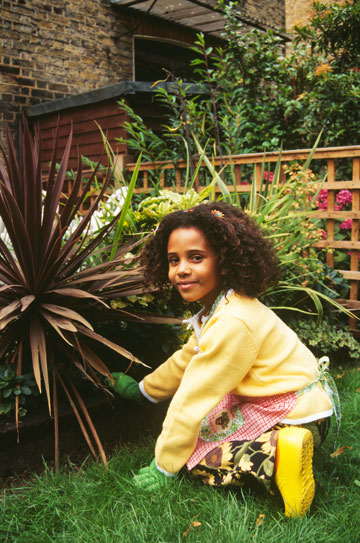
3. Empower children to profit from their culinary skills
Hill suggests: “For youngsters who love cooking and baking, selling their goods to friends and family is an easy way to earn extra money.”
She adds: “Patient kids who enjoy being outside, growing and selling home-grown produce, such as fruit and herbs, is both a fun and fulfilling way for foodies to earn.”
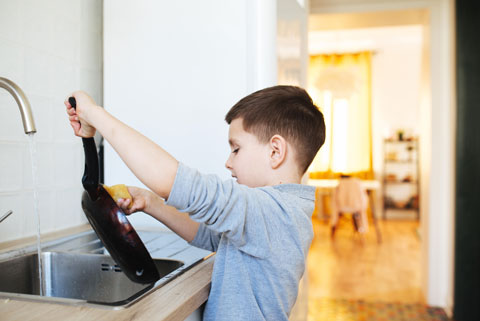
4. Motivate them to clean up
“According to our research, children are earning up to £29 per month by carrying out tasks such as vacuuming, mopping and unloading the dishwasher,” says Hill.

5. Offer guidance for launching a venture
For older children, channelling their entrepreneurial spirit with jobs such as babysitting, through to selling clothes on online marketplaces, is an empowering way for them to learn how best to manage their money, Hill adds.

